Understanding Trade Deficits and Surpluses
To simplify the concept of trade deficits, consider it like a referral system between two businesses.
Imagine two friends agree to refer clients to each other. Over time, one friend sends significantly more referrals than the other. This imbalance represents a trade deficit, where one country imports more from another than it exports. Currently, the US has a trade deficit of $1.1 trillion with the rest of the world, with China being the largest beneficiary, holding a trade surplus of $823 billion.
Trump’s tariffs target this imbalance by using tariffs as leverage. China, with its massive trade surplus, has benefited significantly from US imports, creating a lopsided trade relationship. Trump’s tariffs aim to renegotiate these trade deals to favor American businesses.
The Role of Tariffs in Trade Policy
Tariffs are essentially taxes on imports, which can level the playing field between domestic and foreign producers. Trump used tariffs on Chinese goods as a negotiation tool, pressuring China to alter trade practices, such as intellectual property theft and unequal trade relations. The argument for tariffs is that they can protect industries critical to national security, such as steel, and counteract tariffs imposed by other nations. The U.S. steel industry, for instance, has suffered, with employment falling from 700,000 in the 1950s to just 140,000 today. Much of this decline is attributed to cheaper foreign steel, particularly from China.
As PBD points out, the US was once a global leader in steel production, but weak trade negotiations over the years allowed countries like China to dominate. Today, nine of the world’s top 15 steel companies are Chinese, while the US ranks 16th. The decline of American steel is a stark example of the consequences of poor trade agreements, which tariffs are designed to address.
The Historical Debate on Tariffs
Economists like Adam Smith have historically been critical of tariffs, arguing that free trade benefits consumers by lowering prices and fostering competition. Smith acknowledged, however, that tariffs might be necessary in two specific situations: to protect domestic industries crucial for national security and to counteract foreign tariffs. In line with Smith’s perspective, Trump’s tariffs on China can be seen as a defense mechanism for the US economy, particularly in light of concerns over China’s growing influence and its role in global supply chains.
The Bigger Picture: Trade Negotiations
Patrick also discusses the broader context of U.S. trade agreements. Many existing deals, negotiated by previous administrations, have not been revisited, leaving the US at a disadvantage. Trump’s renegotiation of agreements like NAFTA (now USMCA) was a step towards correcting these imbalances. According to PBD, future administrations must prioritize renegotiating outdated deals or face continued economic decline.
Tariffs as a Negotiation Tool
Tariffs are a powerful tool in international trade negotiations. While critics like Cuban may view them as harmful to the economy, proponents believe they are essential for protecting American industries and addressing the trade deficit. Trump’s use of tariffs, particularly against China, is framed as an effort to restore balance and safeguard the U.S. economy from further erosion. As Patrick argues, tariffs are not just about immediate economic gains but about ensuring long-term competitiveness and protecting jobs in key industries.
For more on the US-China trade war, check out this classic video from the PBD archives!

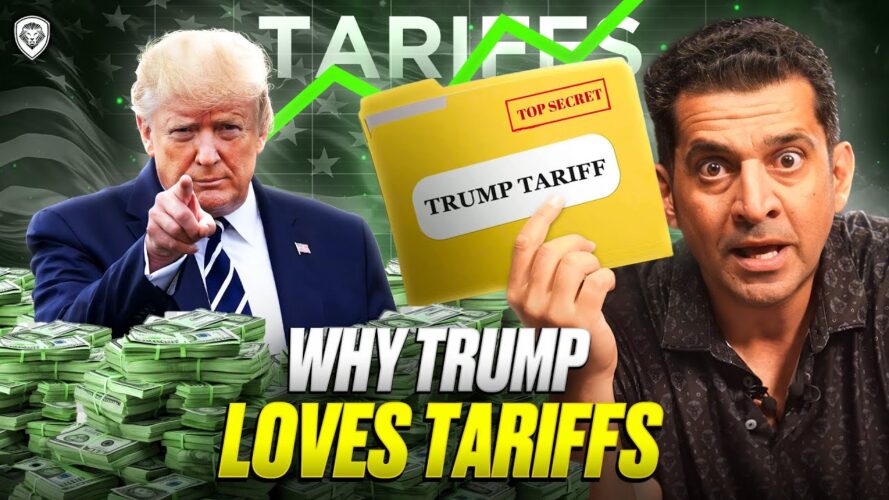


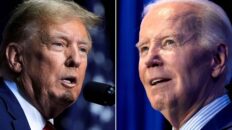

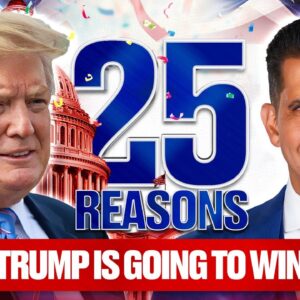
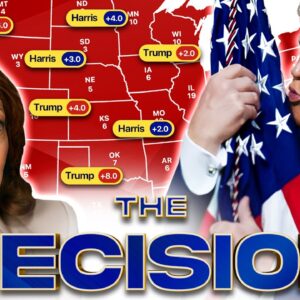
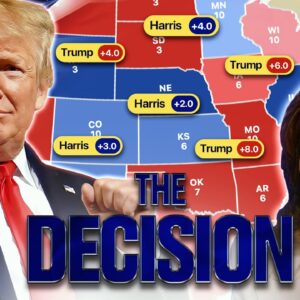





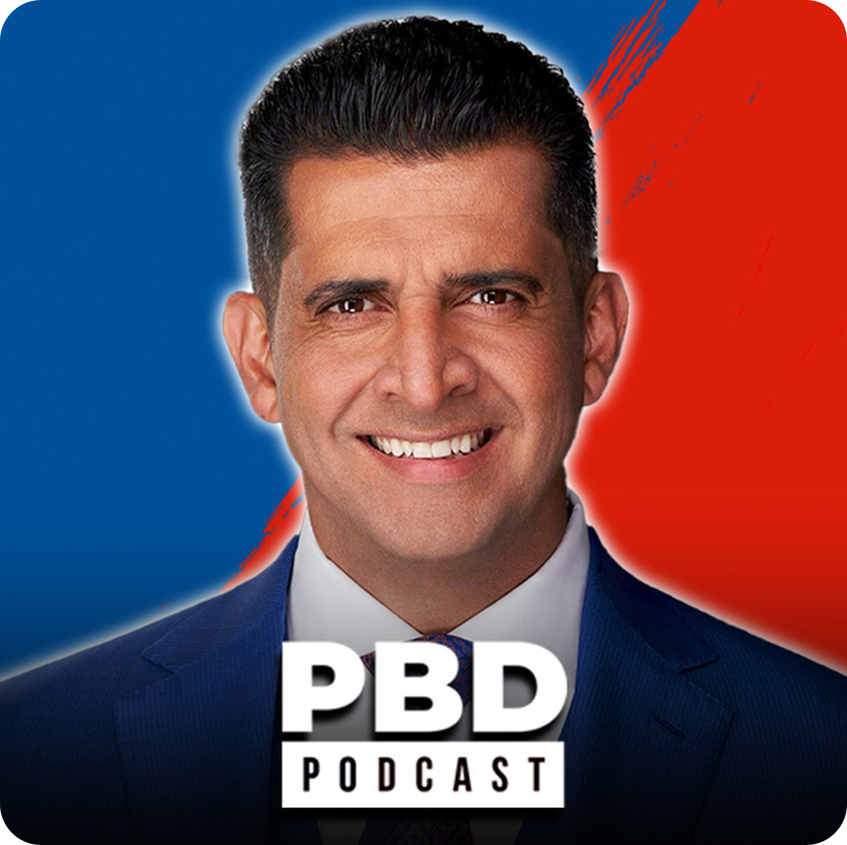



Add comment